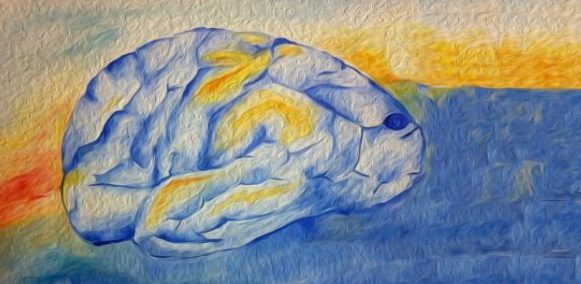Theoretical neuroscience
Theory of spike initiation, sensory systems, autonomous behavior, epistemology
Editor Romain Brette
The Life of Behavior (2019)
Alex Gomez-Marin, Asif A. Ghazanfar
PubMed: 31600513 DOI: 10.1016/j.neuron.2019.09.017
In this paper, the authors remind us that in neuroscience, our “object” of study is living stuff, and they articulate three essential principles of behavior: 1) materiality, 2) agency, 3) historicity.
Materiality means that nervous systems are not just abstract “information processing” machines: they are embedded in a body, living in a world. Behavior is not just the “output” of the brain; brain and body have to be understood as a unit, and the environment as an Umwelt (the meaningful environment of that particular organism).
Agency means that organisms act on the world in a purposeful way. This implies that the very concept of stimulus is ill-formed. Animals do not normally respond to stimuli. On the contrary, they act according to some goals, and this is in turn produces changes in sensory signals. The sensory “input” is therefore not an independent variable: sensory variables and motor variables are circularly related. An important implication is the interpretation of motor variability: if the goal is invariant but conditions change, then motor variability must be produced in order to serve the invariant goal (this is basically the concept of feedback control), the variability is not necessarily “noise”. In summary, an action is not a response.
Historicity means that organisms are individuals. They differ from each other not because they are noisy variants from an ideal organism, but because they have a different history (evolution, development, learning). These differences are functional rather than noise to be averaged out.
The paper ends with this sentence, which I think is very important: “We hope we have persuasively articulated the obvious so as to expose the nontrivial”. What this means (in my interpretation at least), is that with our reductionist methodology, we tend to forget the living nature of our object of study and focus on relations between the various kinds of measurements that we can make. Of course organisms are living beings: this is obvious. But how? How is behavior organized so as to make this possible? Of course living beings are agents and have goals. But how? what does it imply for the way they interact with the environment? Of course organisms are individuals. But how does that relate to the organization of behavior and how it changes? Because these are obvious facts (living beings, agents, individuals), it seems at first that we don’t need to explain them. But the opposite is true. Explaining the obvious is highly non trivial: it is obvious because it is in front of our eyes and we are used to it, not because we have explanations for them. Therefore, explaining the obvious should in fact be our key goal.
